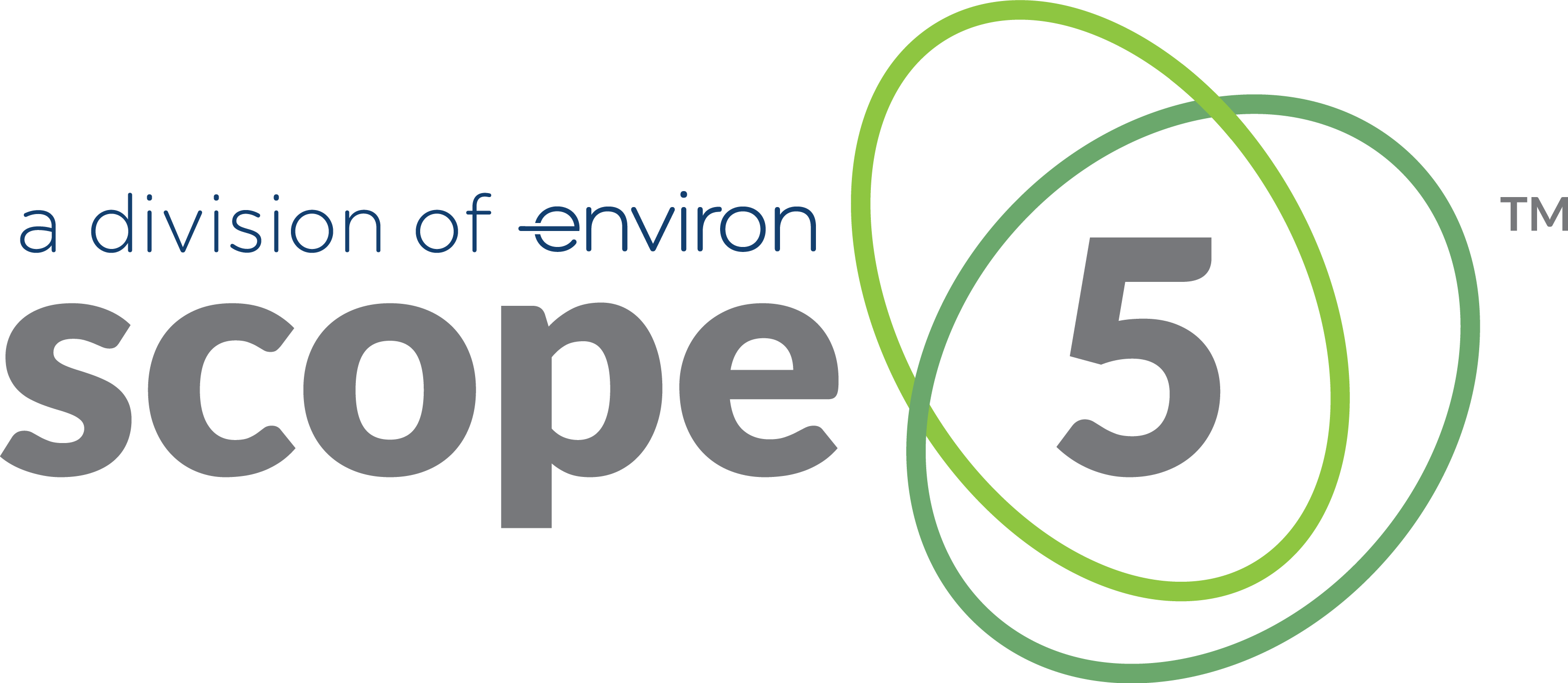A killer story connects both on an intellectual level, and an emotional level.
A killer story is full of visual and sense-based detail.
A killer story is persuasive and memorable.
Why Storytelling Matters
Ever go a day without sharing a story? You won’t be able to talk to your friends or tell your family how your day went.
Sound impossible? That’s because it probably is. People are hardwired to be social beings, and part of that is our need to communicate with one another.
If storytelling is integrated into our everyday routine, why do we seldom use stories in our presentations? Because when addressing an audience, we tend to focus on the important points we need to convey. We concentrate on information that’s crucial to the outcome we want. Usually, this involves data or business model explanation.
Occasionally, we may display a graph.
Despite all this, we tend to leave out something that seems just as vital. Storytelling.
A Tale as Old as TED
If you review the list of the most viewed TED Talks, you’ll see each of them has a story integrated into the discussion.
Our brains love a good story that makes us feel something…something successful TED presenters have capitalized on.
A successful presentation goes beyond what your slides look like. What really matters is the heart of what you’re trying to say. In this way, stories are used in business all the time—in case studies, press releases, direct marketing, testimonials, sales brochures, web copy and even instruction manuals. Like executives, marketers and sales leaders, sustainability practitioners can use storytelling too.
The real challenge is turning data into a narrative that packs an emotional punch.
Communicating Sustainability Initiatives
Gone is the day when we used only alphanumeric approaches to tell a great story.
While words, tables, and general data measurements matter, today stakeholders expect more visual and compelling elements in support of storytelling.
As a sustainability practitioner, there are several ways to cut through the clutter and make your story stand out for stakeholders, whether internal or external.
First, visuals pack punch because these provide a tangible measure of success. Areas requiring attention are spotted quickly. For example, the inclusion of graphs and charts can communicate key points faster and more clearly than words or tables.
Next, developing a brand identity for your sustainability efforts can draw attention to and spark interest among stakeholders to learn more. Benefits are recruitment and retention, employee engagement and customer loyalty.
High profile companies doing this well are Patagonia, Nike, and Unilever.
Technology helps too. As a leading sustainability data management and reporting solution, Scope 5 has an advanced capability called Storyboarding that helps you tell your organization’s story.
How Scope 5 Helps With Storytelling
Scope 5 software greatly simplifies the process of communicating the progress of your sustainability initiative with others.
Consider these three key areas that distinguish Scope 5:
- Report progress. Visualizing your data in graphs and charts can help you instantly share progress with teammates, initiative sponsors, company executives and external stakeholders.
- Analyze performance. Scope 5 turns data into insights so you can compare performance and spot outliers as a rapid way to convey why team and organization should focus in identified areas.
- Share with stakeholders. With Scope 5 storyboarding capability, sustainability practitioners can share privately or publicly key visuals that showcase transparency and progress towards goals.
Results can be profound.
- Your story is clearly communicated.
- Your stakeholders get the information they need.
- Your initiative continues to build engagement and momentum.
Scope 5 Case Study: City of Bellevue
City of Bellevue uses Scope 5 to share progress on a range of environmental areas. See how the city tells its sustainability story, visit City of Bellevue Environmental Stewardship by the Numbers.
Here are some highlights:
Though municipal emissions are less than 1% of total community emissions, city operations add tens of thousands of metric tons of carbon to the atmosphere each year. Since 2011, the city has saved over 7,000 metric tons of CO2 cumulatively.
Beyond reducing Bellevue’s footprint, the city plays a role in designing walkable neighborhoods, encouraging energy-efficient buildings, and requiring environmentally responsible growth. The city has developed a list of Key Performance Indicators (KPIs) to monitor progress, which is openly and transparently shared with citizens.
All data is rendered in beautiful, easy-to-follow visuals that help tell the city’s sustainability story.
Learn More
If you’d like to learn more about how Scope 5 can help you advance your sustainability initiatives, watch our short demo.
We love learning how we can help advance your sustainability story. Reach out anytime to start a conversation.
